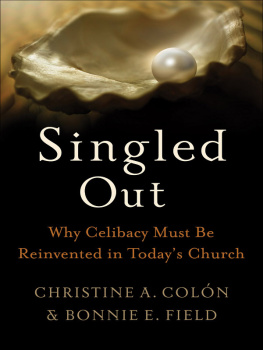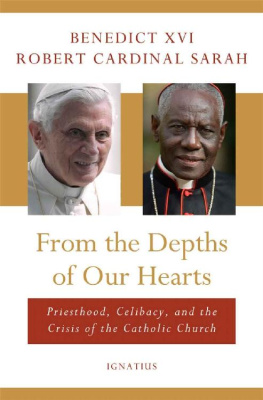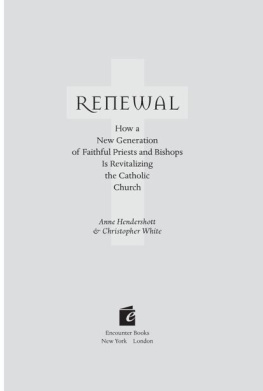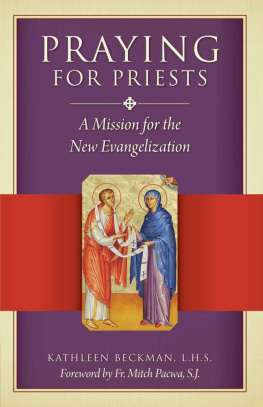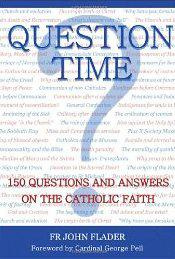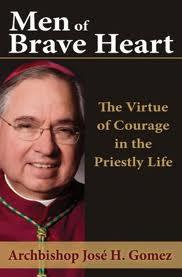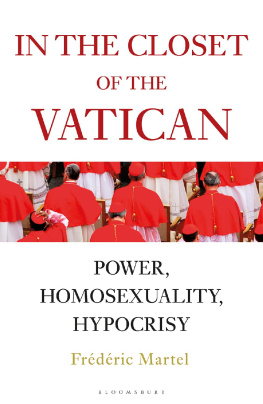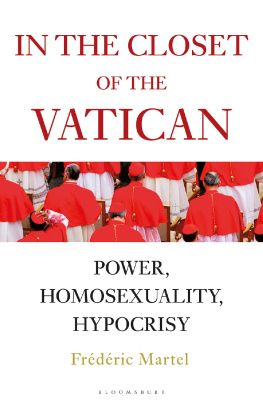MARRIED PRIESTS?
MARRIED PRIESTS?
Thirty Crucial Questions about Celibacy
Edited by Arturo Cattaneo
together with
Manfred Hauke, Andr-Marie Jerumanis,
and Ernesto William Volonte
Foreword by
Cardinal Mauro Piacenza
Prefect of the Congregation for the Clergy
Translated by Michael J. Miller
IGNATIUS PRESS SAN FRANCISCO
Original Italian edition:
Preti sposati? 30 domande scottanti sul celibato
2011 by Editrice Elledici, Rivoli, Italy
Unless otherwise noted, Scripture quotations (except those within citations) have been taken from the Revised Standard Version of the Holy Bible, Second Catholic Edition, 2006. The Revised Standard Version of the Holy Bible: the Old Testament,
copy; 1952, 2006; the Apocrypha, 1957, 2006; the New Testament,
1946, 2006; the Catholic Edition of the Old Testament, incorporating the Apocrypha, 1966, 2006, the Catholic Edition of the New Testament, 1965, 2006 by the Division of Christian Education of the National Council of the Churches of Christ in the United States of America.
All rights reserved.
Cover photograph:
Priestly ordinations at Saint Peters Basilica, Rome
Stefano Spaziani
Cover design by Roxanne Mei Lum
2012 by Ignatius Press, San Francisco
All rights reserved
ISBN: 978-1-58617-725-6
Library of Congress Control Number 2012933890
Printed in the United States of America
Contents
By His Eminence Cardinal Mauro Piacenza
1. Pius XI and Ad Catholici Sacerdotii
2. Pius XII and Sacra Virginitas
3. John XXIII and Sacerdotii Nostri Primordia
4. Paul VI and Sacerdotalis Caelibatus
5. John Paul II and Pastores Dabo Vobis
6. Benedict XVI and Sacramentum Caritatis
Conclusions
Excerpts from Other Significant Magisterial Documents on Priestly Celibacy
Selected by Arturo Cattaneo and Manfred Hauke
Documents from Christian antiquity
Documents from the Middle Ages
Documents from the Council of Trent to Vatican II
Vatican Council II, Optatam Totius (1965)
Vatican Council II, Presbyterorum Ordinis (1965)
Other magisterial documents since Vatican II
Congregation for Catholic Education, A Guide to Formation in Priestly Celibacy (1974)
Congregation for the Clergy, Directory on the Ministry and Life of Priests (1994)
Congregation for Bishops, Directory for the Ministry of Bishops (Apostolorum successors) (2004)
Benedict XVI, Address to the Roman Curia for the Exchange of Christmas Greetings (December 22, 2006)
Congregation for Catholic Education, Guidelines in the Use of Psychology in the Admission and Formation of Candidates for the Priesthood (2008)
Benedict XVI, Address to Participants in the Conference Organized by the Congregation for the Clergy (March 12, 2010)
Foreword
One of the criteria for evaluating the historical and faith consciousness of a particular epoch consists of the ability to distinguish between true and false, between good and evil and also between what is a gift and what is not. Ecclesiastical celibacy, apostolica vivendi forma [the apostolic way life], should be reckoned as one of the greatest goods and most powerful vehicles of truth, one of the greatest gifts that the Lord left to his Church and continually reaffirms.
These aspects of good, truth and gift must be kept in mind in order to understand the historical-theological and normative-spiritual reality of ecclesiastical celibacy, which is still able to foster a deepening of everyones faith and to verify its quality and, above all, to encourage thinking as God does and not according to the ways of the world.
The Church, the Bride of the Lord, does not renounce the gifts of her Spouse, and in a continuous authentic renewal she implores the light and power of the Spirit, which enables her members to understand once again, to study and to live with ever greater fidelity the gift of celibacy.
If it is necessary to speak about reformand personally I have thought for the last thirty years that it isit must be understood, obviously, in an authentically Catholic sense; in other words, it must embrace the whole life of priests, along the lines of a radical fidelity to their proper identity, which plainly has not changed and cannot be modeled on the transient standards of the world, but rather requires them to conform themselves continuously to the will of God. Authentic reform cannot look solely to the psychological and emotional aspects of the life of a priest, but requires the courage to start again from the roots: a correct Christology, a sound ecclesiology, a robust spirituality and, above all, a correct sacramental theology and a profound sense of the sacred that is capable of shaping all of priestly life around the indispensable center, which is the celebration of the Eucharist. How do priests celebrate? What sense of the sacred do they convey? Are they clearly convinced of the absolute necessity of Christ for salvation? Only by answering these questions will it be possible to understand again sacred celibacy authentically and to be enthusiastically committed to it, whereas without this broad context of genuine faith it could become absolutely incomprehensible.
Over the centuriesand this dynamic has been evident in recent decades as wellthere have been plenty of attacks on ecclesiastical celibacy. It is necessary to recognize that not infrequently they come from contexts and mindsets that are completely foreign to the faith, understood both as doctrine and practice, and, unfortunately, are often orchestrated by interest groups that do not even disguise the fact that their goal is the gradual weakening of one of the elements that makes witness to Christ more effective: virginity for the sake of the kingdom of heaven.
Celibacy is no more foreign to contemporary culture than marital fidelity or premarital continence might seem to be. We must recognize that we are faced with one of the greatest educational challenges of the modern era; ever since the 1968 revolution, which promised the liberation of man but in reality made him a slave to his own instincts, it is urgently necessary to reeducate the whole emotional sphere, acknowledging its greatness and dignity but at the same time placing it within the framework of objective limitations that theology calls original sin, with the consequences that result from it.
The underlying logic of priestly celibacy is the same one we may encounter in Christian matrimony: the total gift of everything forever in love. Behind the dynamic of self-giving on the part of the priest is the primacy of God and, consequently, also the primacy of his will, which freely calls those whom he wants.
Last but not least, it is necessary to emphasize the connection between difficulties in understanding the value of ecclesiastical celibacy and the widespread semi-Pelagian culture, because of which contemporary man, the victim of his own scientific technology, thinks that he can accomplish something good without the help of grace. The ingenuous optimism about the world found even in some theological and ecclesiastical circles is not immune to that risk and requires deep discernment and a sound, constructively critical mind. In the course of its now bimillennial history, in times of great trial, crisis and scandal, the Church has never lowered her moral and spiritual standards but, on the contrary, has held them high and even raised them, above all in the very delicate task of selecting, educating and appointing her own ministers.
Benedict XVI reminded priests on March 16, 2009, that no one proclaims himself in the first person, but within and through his own humanity every priest must be well aware that he is bringing to the world Another, God himself. God is the only treasure which ultimately people desire to find in a priest.


